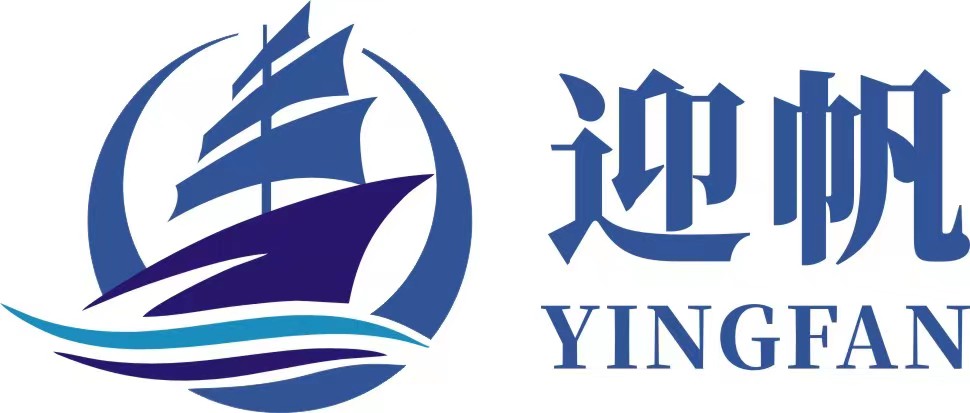
The Engineer's Case for LLDPE Geomembranes
2025-07-06 16:43
Solving the Real-World Challenges of Containment
The Problem: Over years or decades, the ground beneath a liner can settle unevenly. This "differential settlement" puts immense strain on a rigid liner, creating focused stress points that can lead to tears or cracks, compromising the entire system. The SHYF Solution: This is where flexibility is paramount. Our LLDPE geomembranes, manufactured using only 100% prime virgin resins, provide exceptional and predictable elongation properties. They can stretch and deform to accommodate ground movement, distributing the stress over a wider area. By using zero recycled content, we guarantee that the liner you specify has the exact performance characteristics needed to handle this long-term strain, providing true peace of mind.
The Problem: Containment systems are full of corners, sumps, and pipe penetrations. These intricate shapes force the liner into folds and multi-axial stress conditions. A less forgiving material can develop stress cracks at these points, creating hidden leaks that are difficult to detect and repair. The SHYF Solution: LLDPE has an inherently superior resistance to Environmental Stress Cracking (ESC). We enhance this natural advantage through our advanced blown-film manufacturing process. This method creates a smooth geomembrane liner with a balanced molecular orientation, meaning it's equally strong and flexible in all directions. It can handle the complex pulls and pressures of a corner or pipe boot without creating localized weak points, ensuring the integrity of your most detailed work.
The Problem: Before it's covered, every liner is exposed to the sun. Ultraviolet (UV) radiation attacks the polymer chains, making the material brittle and shortening its effective lifespan. Uneven protection can lead to premature failure. The SHYF Solution: Protection must be uniform. Our formulation includes a precisely metered amount of high-quality, finely dispersed carbon black. Our manufacturing process ensures this carbon black is distributed with exceptional consistency throughout the entire sheet. This creates a powerful, uniform shield against UV degradation, guaranteeing that the liner maintains its critical physical properties from the day of installation through its entire service life.
Field Notes for the Discerning Professional
Field Notes for the Discerning Professional
The Critical Choice: LLDPE vs. HDPE This isn't a question of which is "better," but which is right for the job. Choose LLDPE: When you anticipate any subgrade movement, have complex geometries, or require superior stress crack resistance. Ideal for reservoir caps, landfill covers, and secondary containment. Choose HDPE: When you have a highly stable, well-prepared subgrade and your primary concern is maximum chemical resistance and UV endurance for long-term exposed applications. Installation and Weld Integrity A common misconception is that LLDPE is difficult to weld. This is false. It welds reliably using the same thermal fusion techniques as HDPE. The key is using certified technicians who understand the specific temperature, speed, and pressure settings required for LLDPE to achieve a weld that is as strong, or stronger, than the parent material itself. The Longevity Equation The lifespan of a containment system is a partnership. We provide the highest quality material engineered for durability. The final longevity depends on proper design, expert installation, and a quality assurance program to verify the work. When all three elements are in place, a SHYF LLDPE geomembrane is built to last for generations.
Conclusion: An Investment in Resilience
Conclusion: An Investment in Resilience








